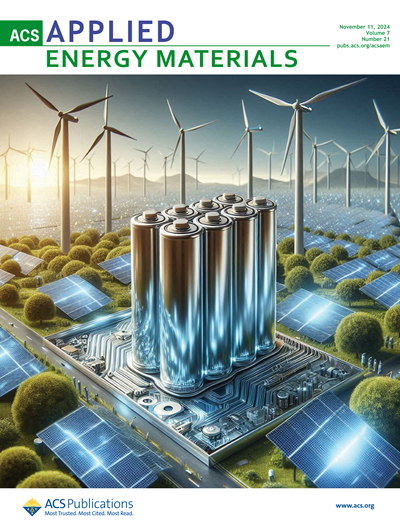刚果民主共和国奎卢省食用的 Imbrasia epimethea(Drury,1773 年)毛虫的生物生态学
IF 5.5
3区 材料科学
Q2 CHEMISTRY, PHYSICAL
引用次数: 0
摘要
Imbrasia epimethea 是最受推崇和欢迎的毛虫品种之一,具有显著的感官和营养价值。其消费范围遍及奎卢省乃至几乎整个刚果民主共和国,但供应量却非常有限。人类活动造成的巨大压力以及奎卢居民采用的低劣采摘技术对该物种的保护构成了重大威胁。本研究旨在调查 I. epimethea 的生物生态学,以便为这些毛虫开发半人工饲养繁殖技术,使这些毛虫能够为当地居民所用。为了确定 I. epimethea 的寄主植物,研究人员对奎卢省两个人口稠密地区和森林地区的 424 名毛虫采集者进行了调查。为了研究毛虫饮食变化对其生长的影响并确定其发育周期,进行了一项繁殖实验。这项研究发现,I. epimethea毛虫不接受从Petersianthus macrocarpus到Funtumia africana的转移。研究还证实了这些毛虫的多食性,同时表明,总体而言,大戟属毛虫被证明是奎卢省最适合的寄主。I. epimethea是一种社会性物种,从孵化到羽化的发育周期大约为115.33 ± 3.06天。幼虫阶段持续约一个月,但若虫休眠期较长。对大果桉叶和非洲桉叶的进一步分析,以及对毛虫本身的分析,再加上一些繁殖试验,将进一步澄清这一问题。本文章由计算机程序翻译,如有差异,请以英文原文为准。
Bioecology of Imbrasia epimethea (Drury, 1773) caterpillars consumed in Kwilu province, Democratic Republic of the Congo
Imbrasia epimethea is one of the most esteemed and popular caterpillar species for its remarkable organoleptic and nutritional values. Its consumption extends throughout the Kwilu province and nearly the entire Democratic Republic of the Congo, but its supply is very limited. The high anthropogenic pressure and the poor harvesting techniques employed by the population of Kwilu pose a major threat to the conservation of the species. This study aims to investigate the bioecology of I. epimethea in order to develop semi-captive breeding techniques for these caterpillars, making them accessible to the population. In order to determine the host plants of I. epimethea, a survey was conducted among 424 caterpillar collectors from two populated and forested territories in the Kwilu province. To study the influence of changes in the caterpillars’ diet on their growth and determine their developmental cycle, a breeding experiment was conducted. This study revealed that the caterpillars of I. epimethea do not accept transfers from Petersianthus macrocarpus to Funtumia africana. It also confirms the polyphagy of these caterpillars while indicating that, overall, P. macrocarpus proved to be the most suitable host in the Kwilu province. I. epimethea is a social species with a development cycle, from hatching to emergence, lasting approximately 115.33 ± 3.06 days. The larval stage lasts about a month but with a prolonged period of nymphal diapause. Further analysis of the leaves of P. macrocarpus and F. africana, as well as the analysis of the caterpillars themselves, along with several breeding trials, will provide further clarification on this matter.
求助全文
通过发布文献求助,成功后即可免费获取论文全文。
去求助
来源期刊

ACS Applied Energy Materials
Materials Science-Materials Chemistry
CiteScore
10.30
自引率
6.20%
发文量
1368
期刊介绍:
ACS Applied Energy Materials is an interdisciplinary journal publishing original research covering all aspects of materials, engineering, chemistry, physics and biology relevant to energy conversion and storage. The journal is devoted to reports of new and original experimental and theoretical research of an applied nature that integrate knowledge in the areas of materials, engineering, physics, bioscience, and chemistry into important energy applications.
 求助内容:
求助内容: 应助结果提醒方式:
应助结果提醒方式:


